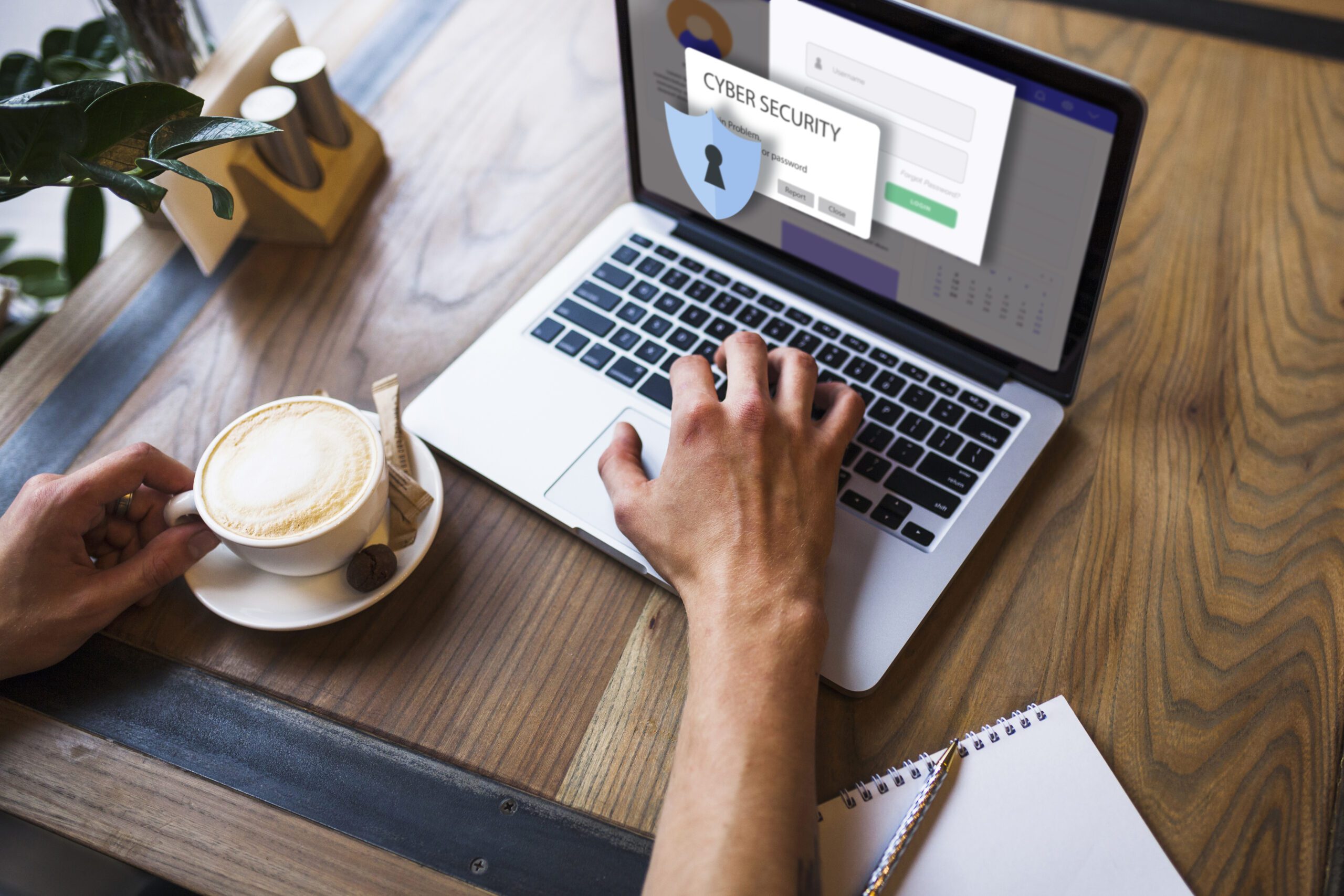Top Security Tips for Church Websites: Protecting Data and Privacy
Church websites are vital for communication, outreach, and engagement, but they are also potential targets for cyber threats. Protecting sensitive data and ensuring privacy is essential for building trust within your congregation and maintaining a secure digital presence. Implementing robust security measures not only safeguards member information but also protects your church’s reputation.
This article outlines top security tips for church websites to help protect data and ensure privacy.
1. Use SSL Encryption
Secure Sockets Layer (SSL) encryption is the foundation of website security, ensuring data transmitted between users and the website is encrypted.
Benefits of SSL:
- Data Protection: Encrypts sensitive information, such as login credentials and donation details.
- Trust Indicator: Displays a padlock icon in the browser, signaling that your site is secure.
- Search Engine Boost: Google favors SSL-secured sites, improving your search rankings.
Ensure your website uses HTTPS to provide a secure and trustworthy experience.
2. Regularly Update Software and Plugins
Outdated software and plugins are common vulnerabilities that hackers exploit.
Best Practices:
- Frequent Updates: Keep your content management system (CMS), plugins, and themes updated.
- Automated Updates: Enable automatic updates where possible to reduce manual effort.
- Reputable Sources: Only install plugins and themes from trusted providers.
Regular updates close security loopholes and protect your website from potential breaches.
3. Implement Strong Password Policies
Weak passwords are a major security risk. Enforcing strong password policies protects against unauthorized access.
Password Tips:
- Complexity: Require passwords with a mix of letters, numbers, and symbols.
- Length: Set a minimum length of 12 characters for all accounts.
- Changes: Encourage regular password updates every 90 days.
- Management Tools: Use password managers to generate and store secure passwords.
Strong passwords are a simple yet effective way to enhance security.
4. Enable Two-Factor Authentication (2FA)
Two-factor authentication adds an extra layer of security, requiring users to verify their identity through a secondary method.
2FA Options:
- Text Messages: Send verification codes via SMS.
- Authenticator Apps: Use apps like Google Authenticator or Authy for code generation.
- Email Verification: Provide a secondary verification link through email.
2FA reduces the risk of unauthorized access, even if passwords are compromised.
5. Protect Against Malware and Hacks
Installing malware protection tools and taking preventive measures safeguards your website from malicious attacks.
Protective Steps:
- Firewalls: Use a web application firewall (WAF) to block malicious traffic.
- Malware Scanners: Regularly scan your website for vulnerabilities and malware.
- Backup Solutions: Maintain daily backups to recover quickly in case of an attack.
Proactive protection ensures your website remains secure and operational.
6. Secure User Data
Protecting sensitive user information is a top priority for maintaining trust and privacy.
Data Security Tips:
- Minimize Data Collection: Only collect essential information from members and visitors.
- Encryption: Encrypt stored data to prevent unauthorized access.
- Privacy Policy: Clearly outline how user data will be collected, stored, and used.
Secure data handling practices build confidence in your website’s integrity.
7. Monitor and Limit User Access
Restricting access to your website’s backend reduces the risk of accidental errors or intentional misuse.
Access Control Tips:
- Role-Based Permissions: Assign access based on roles (e.g., admin, editor) to limit unnecessary privileges.
- Audit Logs: Monitor user activity to detect suspicious behavior.
- Account Deactivation: Remove access for inactive or former users promptly.
Effective access control minimizes the likelihood of security breaches.
8. Educate Staff and Volunteers
Training your team on cybersecurity best practices ensures everyone contributes to maintaining a secure website.
Training Topics:
- Phishing Awareness: Teach staff to identify and avoid phishing scams.
- Secure Practices: Provide guidelines for creating secure passwords and managing access.
- Incident Reporting: Establish a clear protocol for reporting potential security issues.
A well-informed team reduces vulnerabilities caused by human error.
9. Perform Regular Church Website Security Audits
Regular audits identify potential weaknesses and ensure your website remains secure.
Audit Checklist:
- Vulnerability Scans: Use tools to detect security gaps.
- Access Reviews: Verify user access levels and permissions.
- Penetration Testing: Simulate attacks to assess your website’s defenses.
Audits provide insights to strengthen your website’s security posture.
Conclusion
Protecting your church website requires a proactive approach to security, from implementing SSL encryption and strong passwords to training your team and monitoring access. By following these top security tips, you can safeguard sensitive data, ensure member privacy, and maintain trust in your church’s digital presence.
In follow-up articles, we’ll explore advanced cybersecurity tools and strategies for managing website security efficiently.
editor's pick
News via Inbox
Stay ahead in the fast-evolving world of church technology with our Newsletter! By subscribing, you will gain access to a wealth of information and resources designed to keep you informed and empowered.






